Ep. 186 | The History of Chinese Philosophy (Part 3)
Although covered before in an old CHP episode, Laszlo takes the Yi Jing (I Ching, sometimes called the ‘Book of Changes’) off the shelf for a total makeover and freshening up.
In this brief detour along the history timeline, Laszlo picks the Yi Jing apart and offers up both a history of this timeless classic as well as a brief intro about how it works and the role it plays in the life of some people.
The Yi Jing is a book with a lot of staying power and has been kept as a handy reference guide for hundreds of millions of people over the millennia. Listen to what it’s all about and see for yourself if the Yi Jing can serve you.
Listen On Your Favorite Podcast Player
Terms in Episode
| Pinyin/Term | Chinese | English/Meaning |
|---|---|---|
| Bā Guà | 八卦 | The Eight Trigrams |
| Duke of Zhou | 周公 | Son of King Wen, brother of King Wu |
| Dà Zhuàn | 大专 | The Great Commentary from the Ten Wings |
| Dào | 道 | The Way, The Tao |
| Fú Xī | 伏羲 | Mythical Sovereign who lived fro 2953 to 2838 BCE |
| Fēng Shuǐ | 风水 | (in Chinese thought) a system of laws considered to govern spatial arrangement and orientation in relation to the flow of energy (qi), and whose favorable or unfavorable effects are taken into account when siting and designing buildings |
| guàcí | 卦辞 | A judgment, defines the meaning of the hexagram in the Yi Jing |
| Huáxià | 华夏 | The people and culture of ancient core China |
| Hàn Wǔdì | 汉武帝 | Han Emperor who reigned gloriously from 141-87 BCE |
| Hé Tǔ | 河图 | The Yellow River Map |
| Hénán | 河南 | Ancient province of China |
| Jī Chāng | 姬昌 | King Wen's name (surnamed Ji) |
| King Wén | 周文王 | Founder of the Zhou Dynasty |
| Kūn | 坤 | The second hexagram Kūn is six rows of broken lines....pure Yīn |
| Liùshísì Guà | 六十四卦 | The Sixty-four hexagrams |
| Luò Shū | 洛书 | The Luo Shu Square |
| Luó Zhènyù | 罗振玉 | One of the first scholars to decipher the ancient oracle bone script |
| Lún Yǔ | 论语 | The Analects of Confucius |
| Mǎwángduī | 马王堆 | Ancient Han Dynasty tomb discovered intact in 1973 |
| Nǔwá | 女娲 | Wife (or maybe sister) or Fuxi |
| Qián | 乾 | The first hexagram Qián is six rows of solid lines.....pure yáng. |
| Shàng Shū | 尚书 | Book of Documents |
| Shí Yì | 十翼 | Ethical commentaries to the hexagrams written by Confucius (or so it's said) |
| Shùn | 舜 | Legendary Sage King who followed Yao and ruled 2356-2255 BCE |
| Shāng | 商 | The Shang Dynasty 1600-1046 BCE |
| Shāng King Zhòu Xīn | 商纣辛 | The venal final king of the Shang Dynasty |
| Shī Jīng | 诗经 | Book of Odes |
| Sòng Dynasty | 宋朝 | One of the great dynasties of China 960-1276 |
| Sānhuáng Wudì | 三皇五帝 | The Three Sovereigns and Five Emperors (see CHP episode 60) |
| Tiān Dì Rén | 天地人 | Heaven - Earth - Humans |
| Tài Jí symbol | 太极图 | The Yin Yang symbol, the Supreme Ultimate |
| Wong Tai Sin Temple | 黄大仙庙 | Temple located in Hong Kong located at the Wong Tai Sin MTR stop |
| Wáng Yìróng | 王懿荣 | Discoverer of the Shang Dynasty Oracle Bones |
| Wǔ Jīng | 五经 | The Five Classics |
| Xià Dynasty | 夏朝 | A mythical dynasty that preceded the Shang |
| Yáo | 尧 | Legendary Sage King who it's said ruled 2356-2255 BCE |
| yáo cí | 爻辞 | The individual line statements of the Yi Jing, two to thirty characters in length |
| Yì Jīng | 易经 | The Book of Changes, also known by many other names including the I Ching |
| Yīn and Yáng | 阴阳 | The opposing forces of Yin and Yang |
| Yǔ the Great | 大禹 | Mythical founder and Sage King of the Xia Dynasty |
| Zhōu Dūnyí | 周敦颐 | One of the Five Founders of Neo-Confucianism |
| Zhōu Yì | 周易 | The Changes of Zhou |
| Zuǒ Qiūmíng | 左丘明 | Writer of the Commentaries on the Chūn Qiū, a.k.a. the Zuǒ Zhuàn (左传) |
| Ānyáng | 安阳 | Capital of the Shang Dynasty |







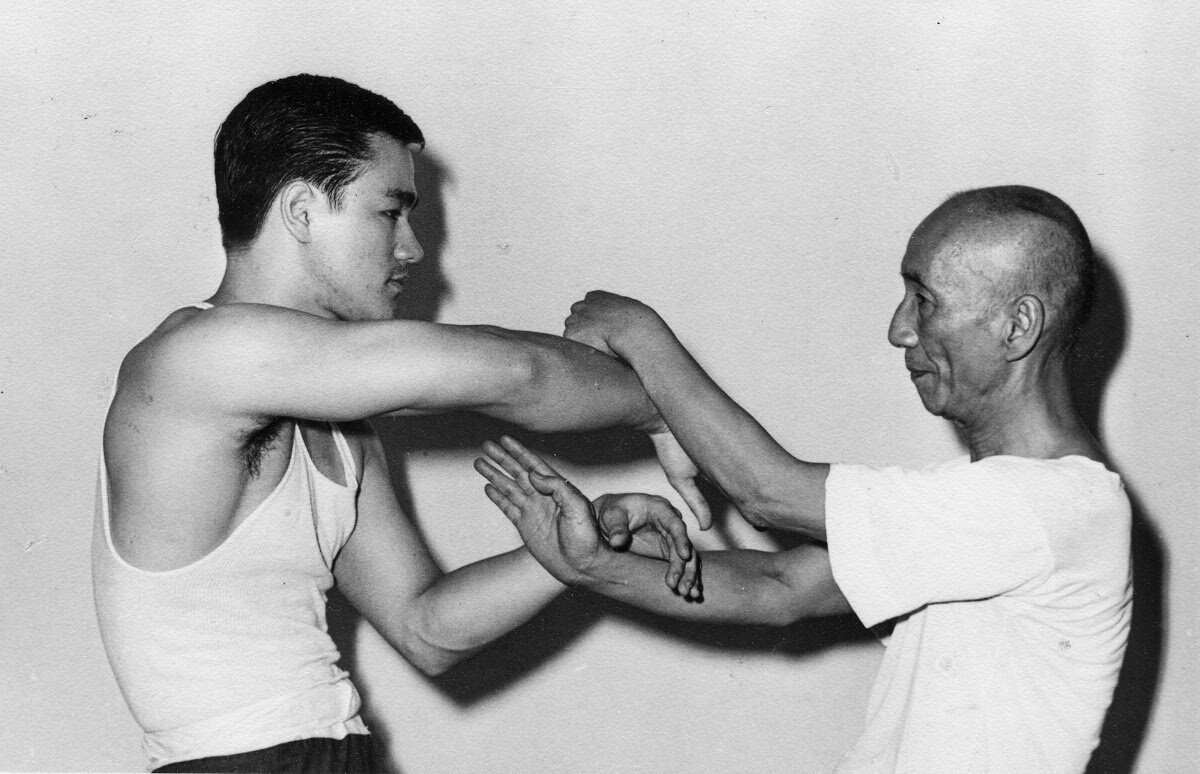
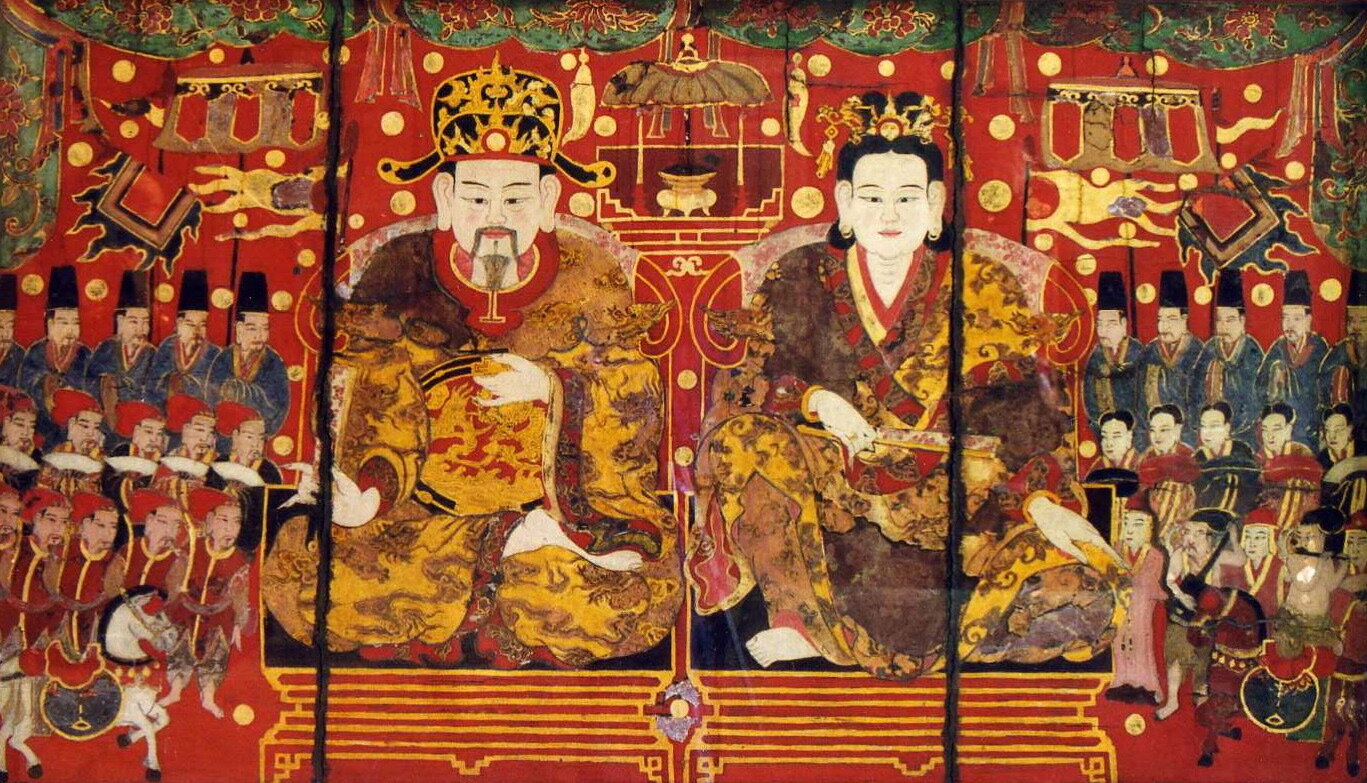

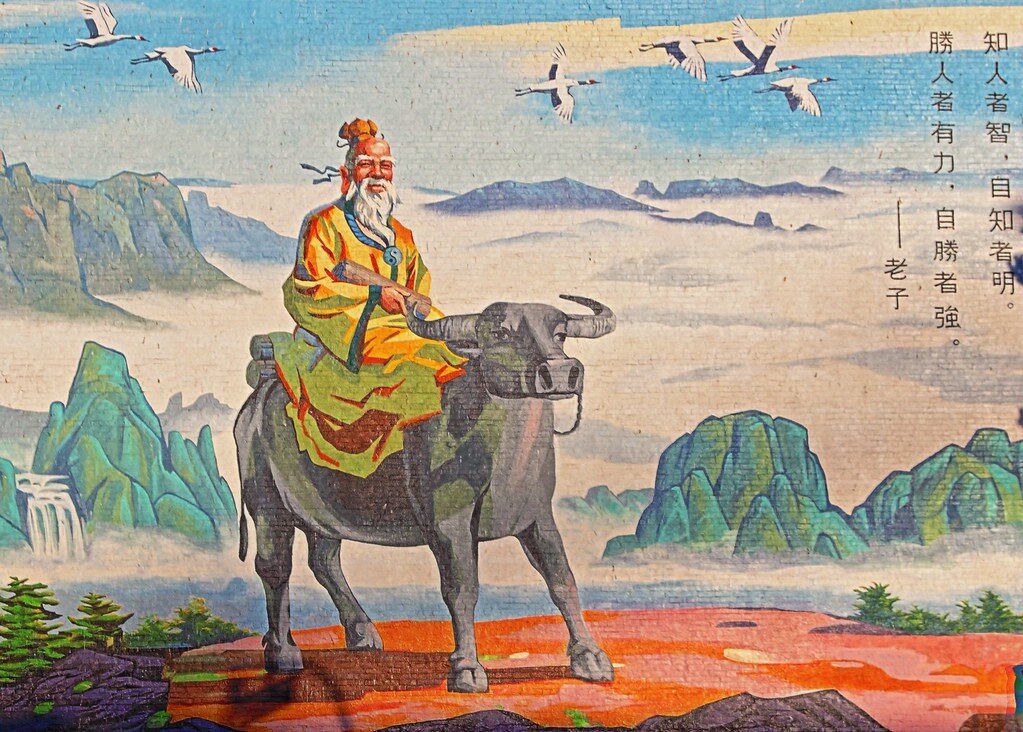


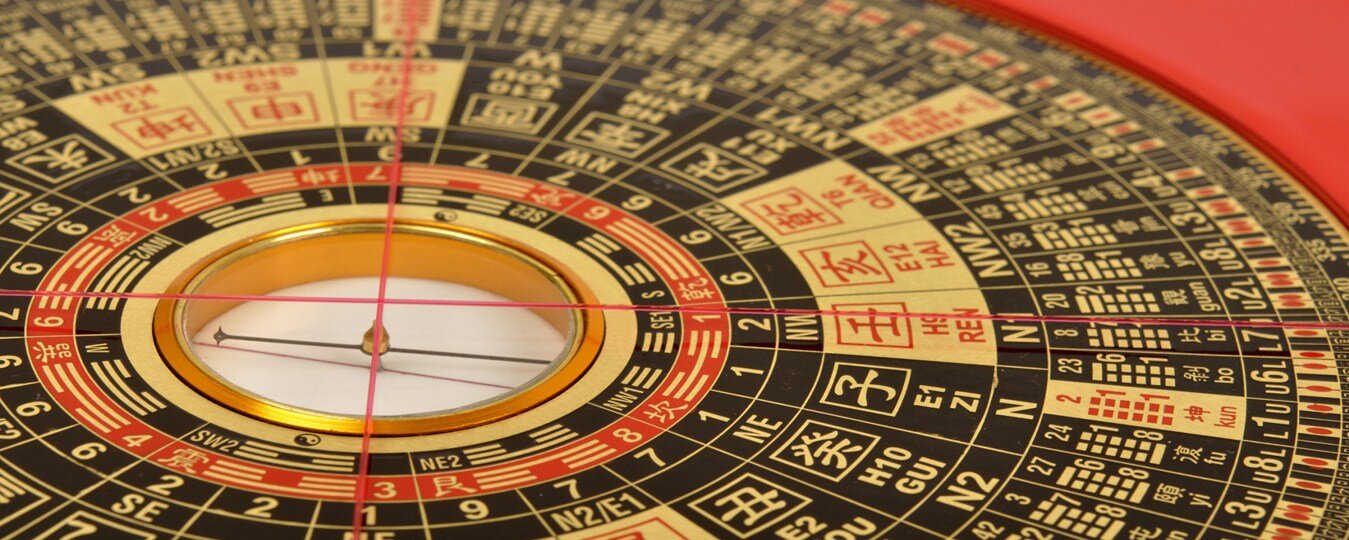
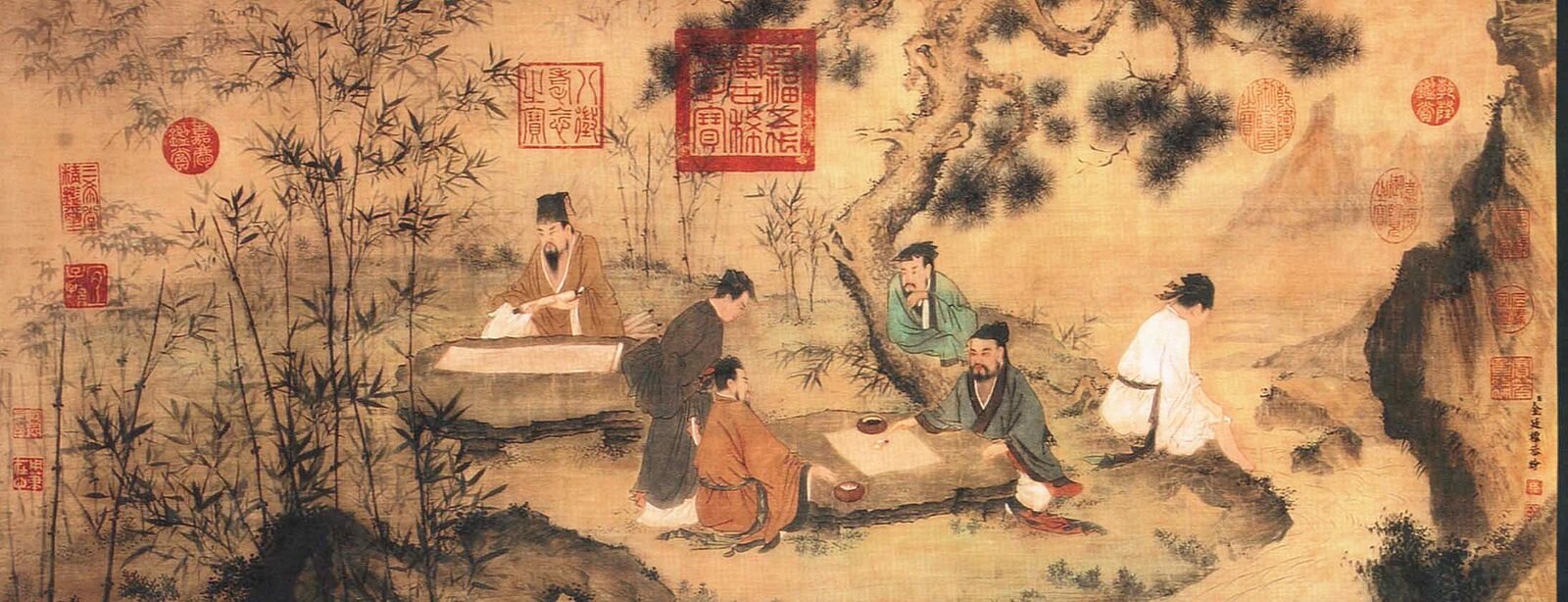
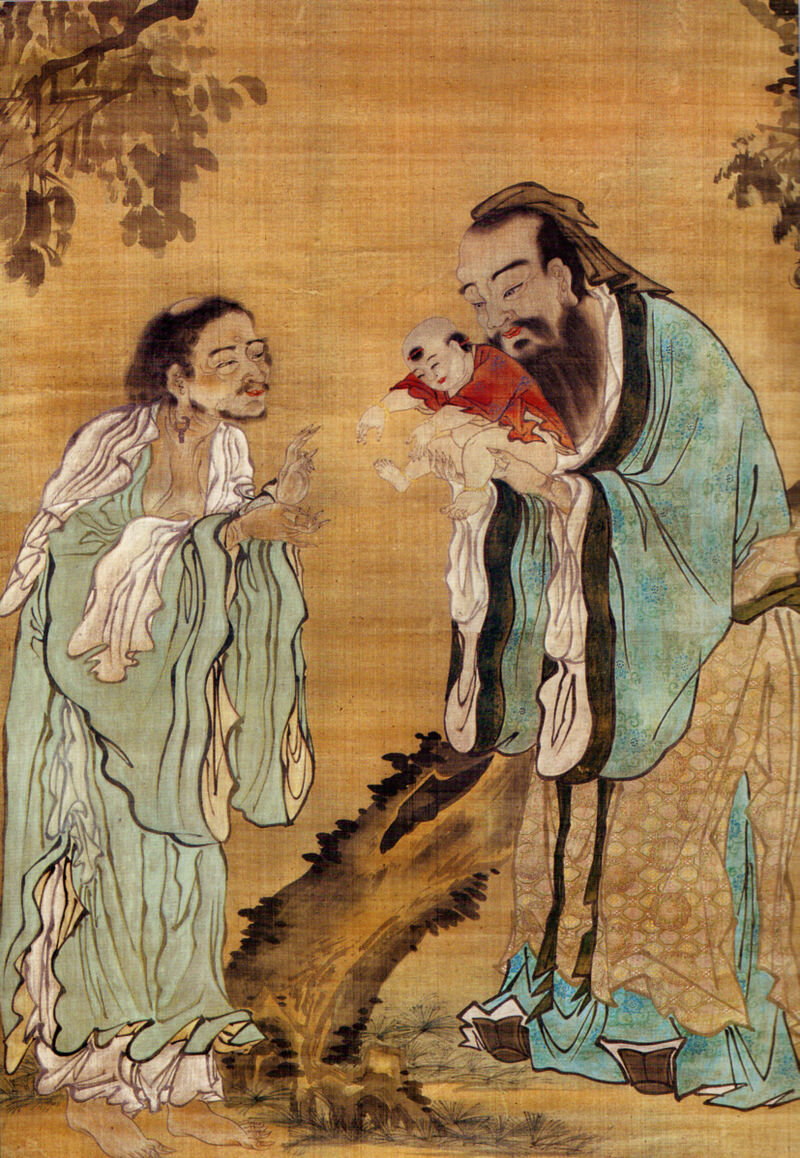
Today we zero in on the history and legends behind the Wing Chun style of king fu. We’ll also look at Grandmaster Ip Man and all those Wing Chin greats who came before him going back to the founder Ng Mui (Wu Mei).